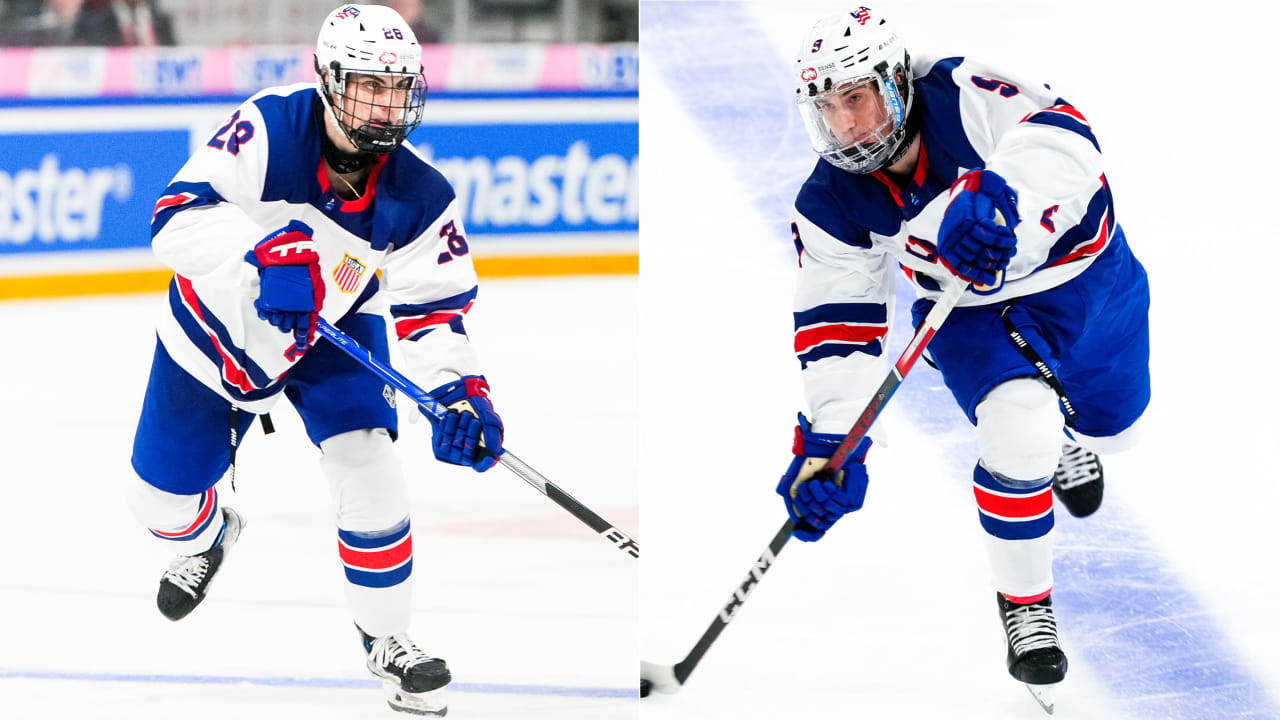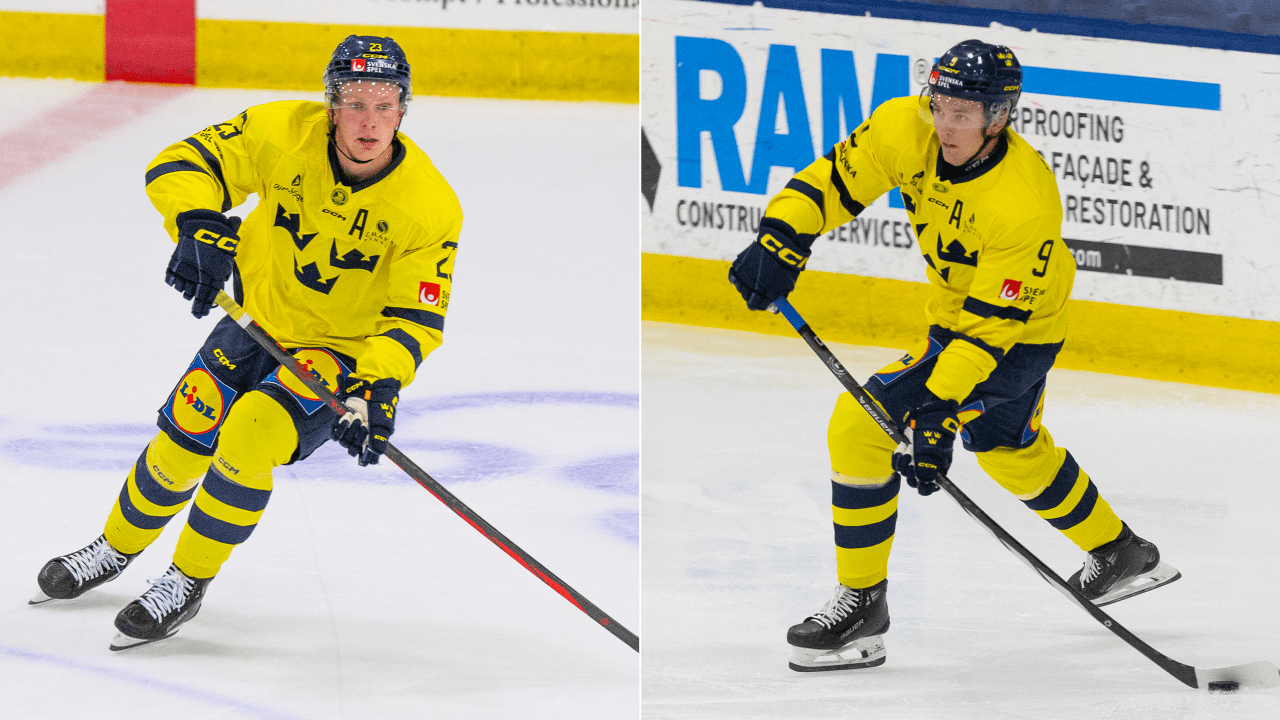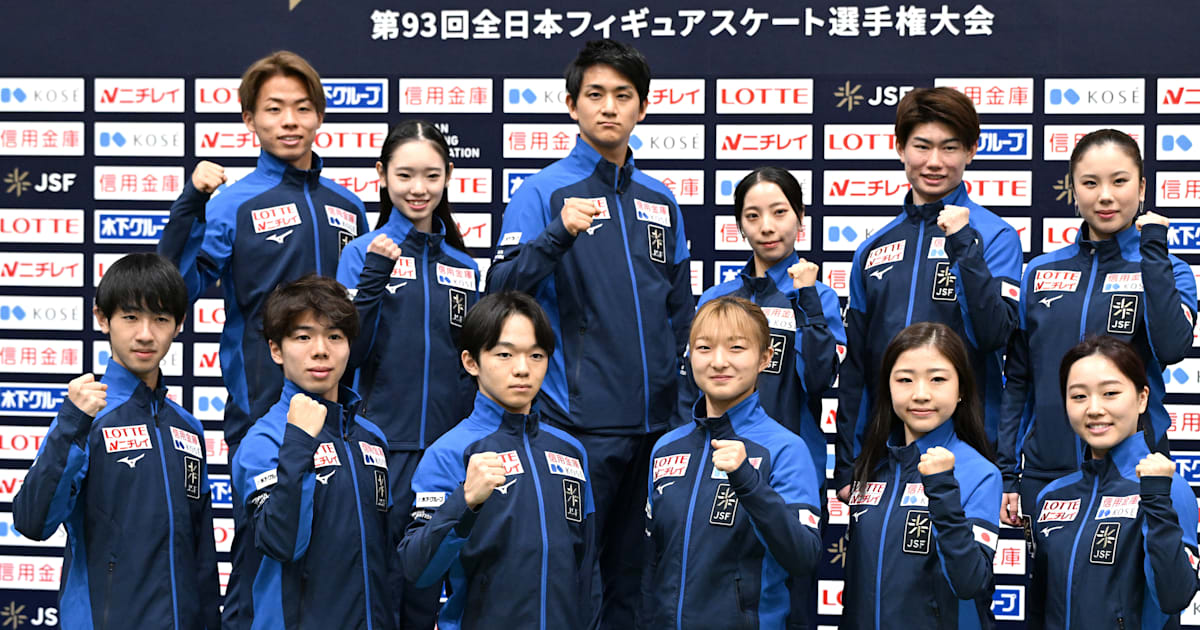Tech
Google’s New AI Keeps Ultra HDR Intact During Edits
Google’s new Ultra HDR imaging format offers several advantages, such as preserving a wider range of details and being optimized for most displays. However, it has the drawback of losing the preserved quality in edited images. AI-powered updates to Google Photos are addressing this shortcoming.
Technically, the Ultra HDR format differs from conventional HDR because it uses a custom process and leverages AI to create multiple gain maps or color profiles along with the SDR shot and necessary metadata in images. This results in more vibrant and lifelike picture quality compared to HDR (at least according to Google), but the added complexity makes it difficult to preserve the details once photos are edited with tools like Magic Eraser and Magic Editor.
A dedicated image-to-image AI that fills in the missing details
To address this, Google is introducing a new machine-learning model in Google Photos that preserves the original gain maps and imaging components in edited photos. The company has trained this new image-to-image translation model on a large dataset of images, allowing it to predict and reconstruct missing gain maps and fill in the necessary metadata in generated and edited images.
Additionally, Google has highlighted that the model can turn standard photos into HDR quality even without the HDR gain map. This is particularly impressive considering that Ultra HDR is currently limited to Pixel camera phones with a Tensor G3 SoC or newer chipset and select Android devices, including the Samsung Galaxy S24 Ultra and the Nothing Phone (2a) Plus.
For now, this new technology only applies to Google Photos and its editing tools, but it’s likely that more manufacturers will adopt it in their services and devices in the future.
Along with the improvements to Ultra HDR, Google has announced that it is expanding the format to Instagram, allowing users to capture richer and more dynamic images and view them in the app just like when using the official camera app or gallery on their device.
Have you tried using Ultra HDR before? Is it a shooting format you prefer to use? Let us hear your experience.
Via: 9to5Google
Source:
Google Research










